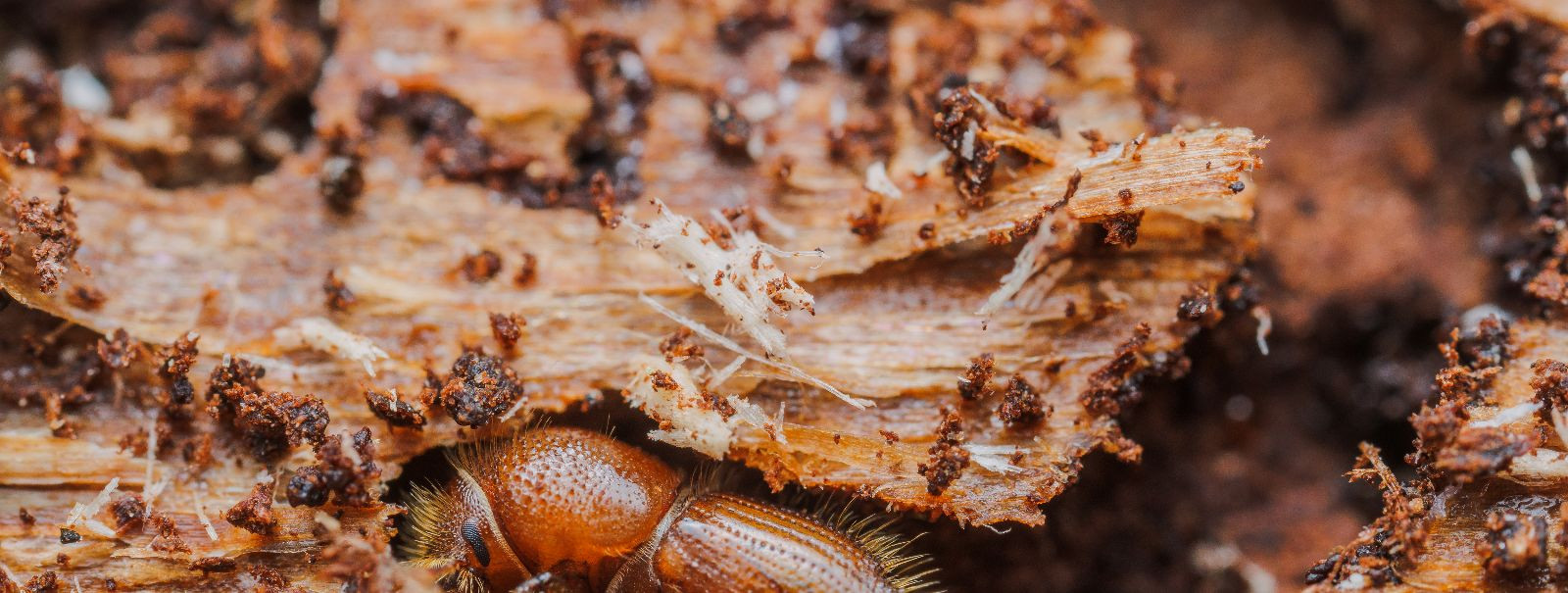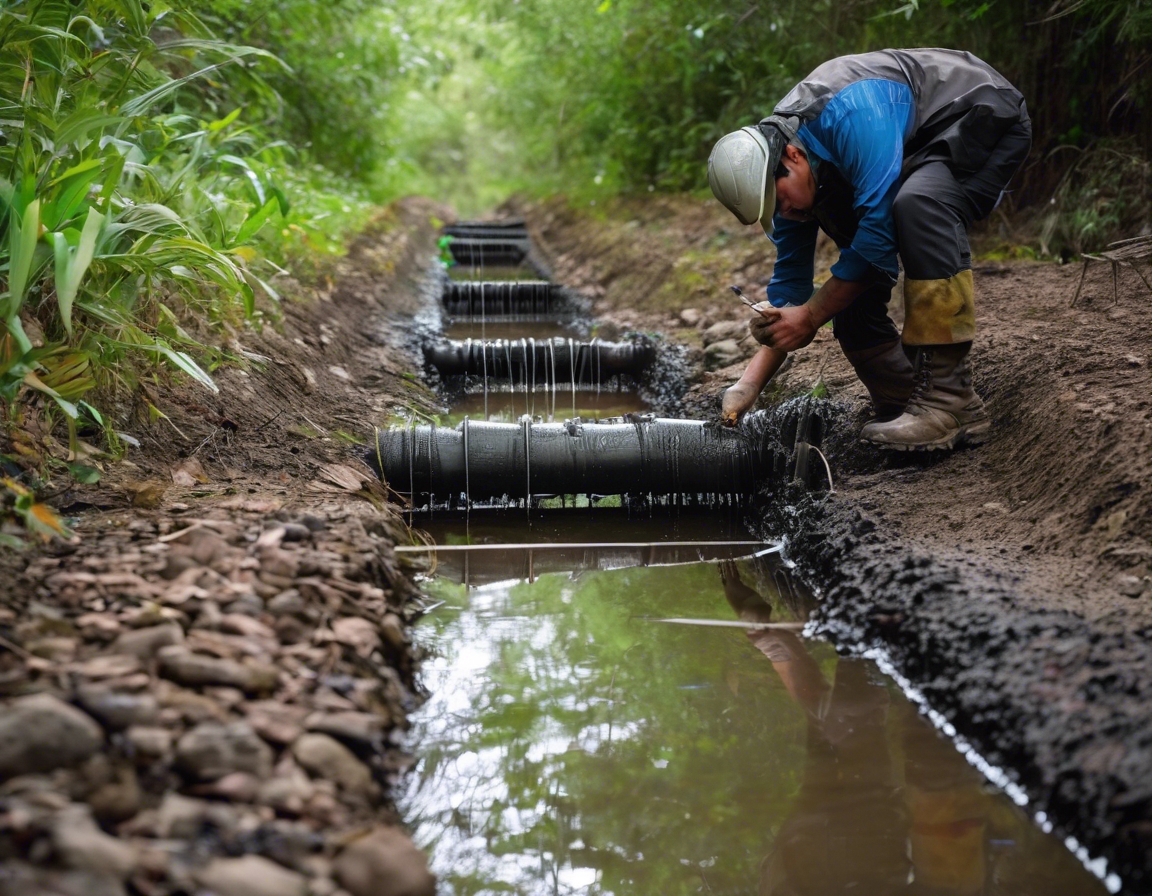Effective strategies for forest pest control
Forests are vital ecosystems that provide numerous ecological, economic, and social benefits. However, they are constantly threatened by various pests that can cause significant damage. Effective forest pest control is essential to maintain the health and sustainability of these ecosystems. This blog post explores various strategies for controlling forest pests, focusing on sustainable and environmentally friendly methods.
2. Understanding Forest Pests
Forest pests include insects, pathogens, and invasive plant species that can harm trees and other vegetation. Common insect pests include bark beetles, gypsy moths, and emerald ash borers. Pathogens such as fungi and bacteria can cause diseases like Dutch elm disease and sudden oak death. Invasive plants, such as kudzu and Japanese knotweed, compete with native species for resources.
Forest pests can have devastating effects on forest ecosystems. They can weaken or kill trees, reduce biodiversity, and disrupt ecological balance. The economic impact is also significant, as pests can damage timber resources and increase management costs. Additionally, pests can exacerbate the effects of climate change by reducing the forest's ability to sequester carbon.
3. Integrated Pest Management (IPM)
Integrated Pest Management (IPM) is a holistic approach that combines multiple strategies to manage pest populations effectively. The principles of IPM include prevention, monitoring, and control, with an emphasis on minimizing environmental impact and promoting sustainable practices.
Implementing IPM involves several steps: identifying pests and their life cycles, setting action thresholds, monitoring pest populations, and selecting appropriate control methods. Regular evaluation and adaptation of strategies are crucial to ensure effectiveness and sustainability.
4. Biological Control Methods
Biological control involves using natural predators or parasites to manage pest populations. For example, ladybugs can control aphid populations, while parasitic wasps can target caterpillars. This method is environmentally friendly and can be highly effective when integrated with other strategies.
Microbial control agents, such as bacteria, fungi, and viruses, can target specific pests without harming non-target species. Bacillus thuringiensis (Bt) is a well-known microbial insecticide used to control caterpillars and other insect larvae.
5. Chemical Control Methods
When necessary, chemical control methods can be used to manage pest populations. Selective pesticides target specific pests while minimizing harm to beneficial organisms and the environment. It is crucial to choose pesticides that are effective and have a low environmental impact.
Proper application techniques are essential to ensure the safety and effectiveness of chemical controls. This includes following label instructions, using appropriate equipment, and applying pesticides at the right time and under suitable weather conditions.
6. Cultural Control Methods
Cultural control methods involve modifying forest management practices to reduce pest populations. This can include thinning dense stands, removing infested trees, and promoting species diversity to enhance forest resilience.
Habitat manipulation involves altering the environment to make it less conducive to pest infestations. This can include removing debris that harbors pests, planting pest-resistant tree species, and maintaining healthy soil conditions.
7. Monitoring and Early Detection
Regular monitoring is crucial for early detection of pest infestations and timely intervention. It helps in assessing pest population dynamics and evaluating the effectiveness of control measures.
Various tools and techniques can be used for monitoring, including traps, remote sensing, and field surveys. These methods help in identifying pest hotspots and determining the appropriate course of action.
8. Collaboration and Community Involvement
Government agencies play a vital role in forest pest control by providing resources, research, and regulatory support. They can facilitate collaboration between stakeholders and promote best practices for pest management.
Engaging local communities is essential for successful pest management. Community involvement can enhance monitoring efforts, increase awareness, and promote sustainable practices. Educational programs and workshops can empower landowners and forestry companies to take proactive measures against pests.






Comments (0)